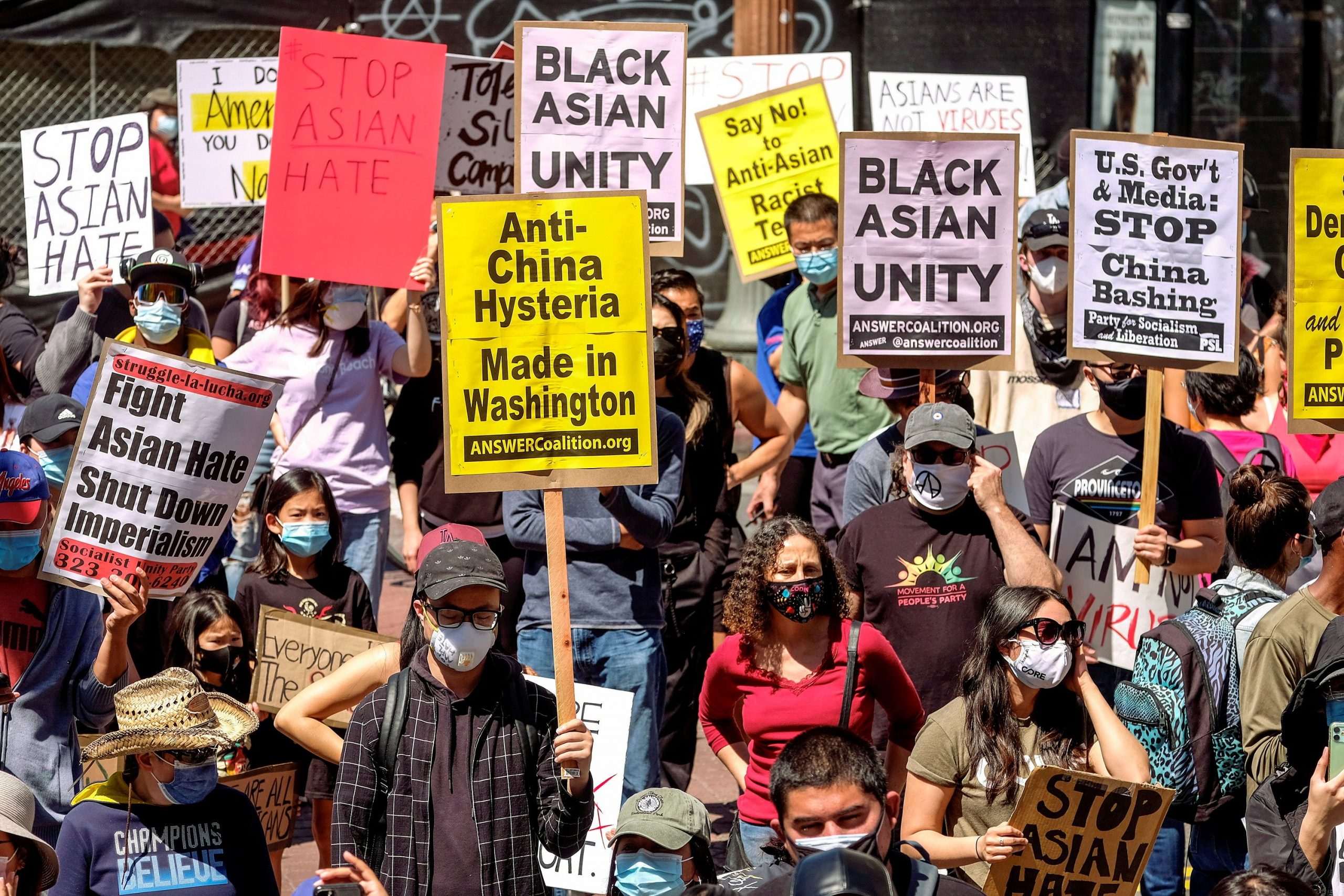
Samuel Case with Contributions from Ian Patrick, FISM News
[elfsight_social_share_buttons id=”1″]
Over the past several weeks Americans have been bombarded by phrases like “stop Asian violence” or “end Asian hate” from a myriad of businesses, public officials, and news outlets.
The moral hysteria began immediately after the violence in Atlanta where a man shot and killed 8 people at 3 different spas and massage parlors. Of those victims, 6 were of Asian descent. Investigators have yet to determine racial enmity was the reason for the attacks and the shooter himself denies race as a motive. Nonetheless the shooting put at the forefront a growing narrative that ethnic Asians are under an existential threat of violence in the United States.
This narrative was ignited earlier this year by a study conducted by the Center for the Study of Hate & Etremism (CSHE) showing an increase in hate crimes against Asian Americans in the year 2020, compared to 2019. The study begins tracking the crimes in March, presumably to associate Donald Trump’s rhetoric with COVID-19 with an uptick in hate crimes against people of Asian descent.
The data suggests hate crimes against individuals of Asian descent have increased by 150%, a number that has been parroted by major media outlets and by those touting the “stop Asian violence” slogans. To be sure, an increase of hate crimes against any group of people is distressing and should be put to an end. However, looking beyond the simple moral question and the headline grabbing “150% increase,” the situation doesn’t look as dire as it sounds. According to the study, hate crimes against Asians rose from 49 in 2019 to 122 in 2020, making for an increase of 73 incidents.
No increase in violence is good, but in a country of over 330,000,000 Americans with a violent crime rate around 1.2 million incidents the last few years the number of hate crimes against Asians remains staggeringly small. That makes for one hate crime, assuming each crime is committed by a unique individual, for about every 2,704,900 Americans.
The numbers are given even more clarity in another study included in the CSHE fact sheet by the organization Stop AAPI Hate which breaks down the number of “prejudice incidents” in the United States. According to their data the majority of hate crimes against the Asian population takes the form of verbal harrasment, not violent crime, with approximately 66% of these discriminatory interactions being verbal in nature. The second most occurring incident was shunning or avoidance at 20%, which is not defined. Next was Physical Assault at 8% and finally Coughing or Spitting at 6%.
None of this should be taken as an excuse for criminal behavior or the targeting of individuals for their race, but rather as a means of putting information into perspective and easing the sense of racial tencion and fear in the country.
